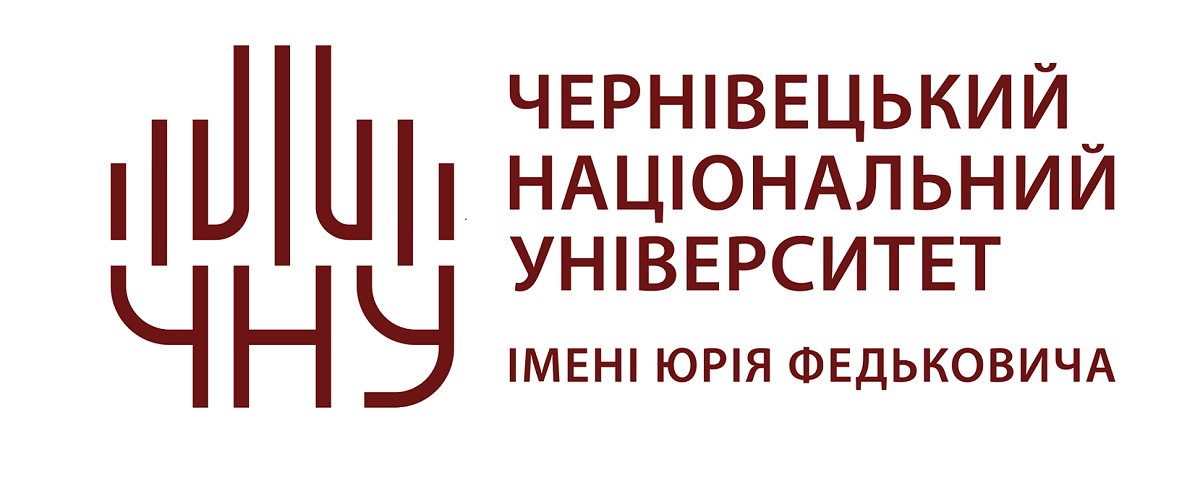| dc.description.abstract | Igor Vozny
SYNCRETISM IN THE MATERIAL CULTURE OF THE POPULATION OF THE BOOK
OF XII - THE FIRST HALF OF ХІІІ ST.
The article deals with issues related to the spread of Christianity into the territory of Bukovina
and the remnants of ezicism, which existed there up to the 15 th century. Some pagan traditions
have survived to this day. Archeological materials testify that after the adoption of Christianity,
domestic beliefs, representing a range of primitive views, customs and ordinances that have come
from ancient times, slowly retreat under the pressure of a new faith. This evidence is observed on
the example of the ancient Jewish rite of the "building sacrifice", which was certified
in the butterfly of the White Stone Church in the Vasilev chronicle, in the foundation of the
residence of the feudal lord at the Chornovsky settlement. It is proved that the so-called
"building sacrifice" is connected with the domestic outlook, which was based on the
idea of the need for a victim in the construction of any building to ensure its strength, to protect
the inhabitants from the influence of "evil spirits". It is substantiated that the
important role of the amulets, which had to distract a person from "unclean power"
and protect the exposed parts of the body. By the way they were worn, one could distinguish
headgear, neck, breast pins, hand decorations and belts. The Slavs had a sufficiently developed
cult of the sun, whose solar symbol embraced a variety of nap rings, glass and metal lamellae and
wicker bracelets. Amulets had a magical meaning, performed breast and belt acne. Important
protections that were widely used in magic actions when protected from impact, fire or burial
ceremonial activity were so-called "thunder arrows". Pagan symbolism has survived
on many household objects, found among the ancient antiquities of the region.
Thus, the archaeological materials obtained during the studies on the territory of Bukovina
allow us to conclude that the Orthodox-pagan complex, which was historically in the process of
Christianization of Rus and penetrated the world history of the Slavs, represented a complex,
confusing circle of beliefs, customs, prejudices, religions, mystic rites, and rituals of the native
period, which merged with the elements of Orthodoxy | uk_UA |
